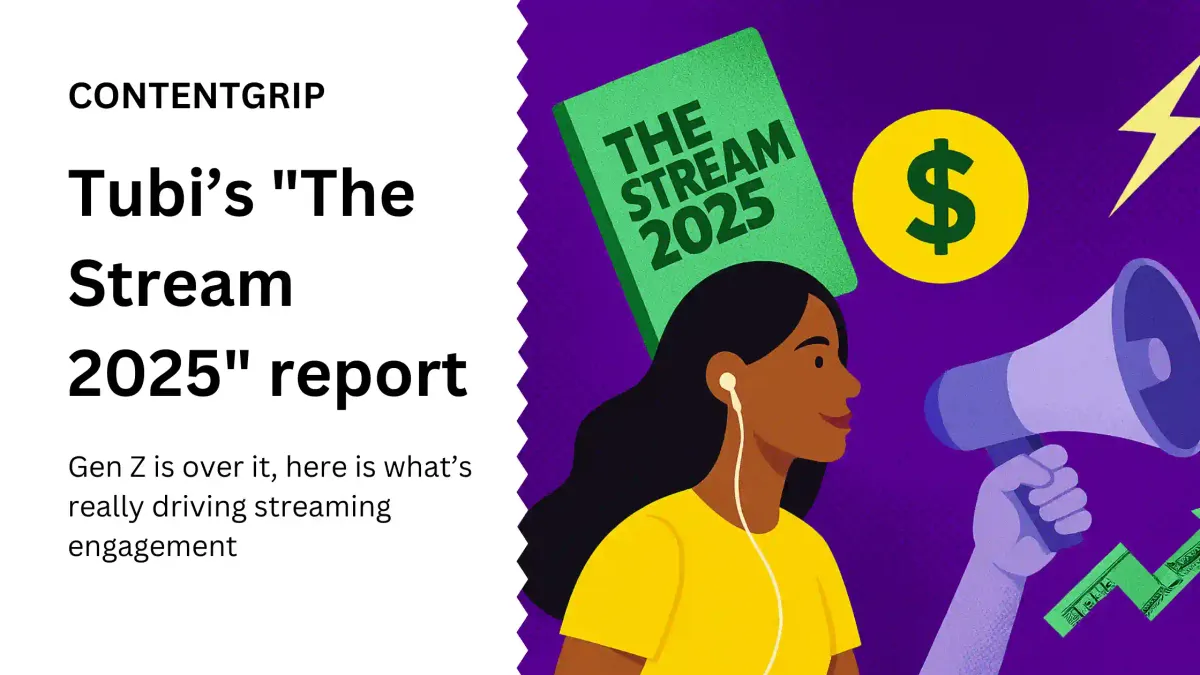Brands are rewriting the rules of TV advertising
At Tatari’s Forward 2025, marketers shared how they’re turning TV into a performance channel

TV advertising is undergoing a rethink, and it’s not just for household-name brands with Super Bowl budgets anymore.
From Calm to Coterie, fast-moving brands are turning to TV to deliver not only awareness, but also performance metrics that hold up to scrutiny. This shift was front and center at Tatari’s Forward 2025 forum, where high-growth companies and category leaders unpacked what’s actually working in TV today.
This article explores how marketers are leveraging a modern TV playbook, one built on balance between streaming and linear, smarter measurement, and bold but strategic bets on high-impact moments. Whether you're a growth-stage DTC brand or scaling a performance program, the big screen might deserve another look.
Short on time?
Here’s a table of contents for quick access:
- Balancing linear and streaming for maximum impact
- Measuring TV’s performance halo
- Making bold moves without burning the budget

Balancing linear and streaming for maximum impact
TV today is less about format and more about function. While many marketers now equate “TV” with streaming, linear TV remains a vital part of the media mix, especially when it comes to reach. According to Nielsen’s Gauge, viewership still skews close to 50/50 between linear and streaming, with seasonal spikes (e.g., NFL broadcasts) reinforcing linear’s staying power.
For brands like Calm and Dave, success comes from a test-and-learn approach across both formats.
- Calm leans on streaming for targeting younger users in new product launches, while linear boosts mass awareness.
- Dave adjusts its spend based on seasonality and CPM efficiency, favoring linear for scale and streaming for precision.
“Streaming allows us to attribute users more deterministically, but linear lets us reach different audiences,” said Calm’s Director of Growth, Mavis Brefo.
“Linear has more scale and more efficient CPMs,” added Melissa Lertsmitivanta, Head of User Acquisition at Dave.
Measuring TV's performance halo
The myth of TV as a pure brand play is fading fast. New tools now give marketers visibility into how TV impacts search lift, e-commerce activity, and even offline retail sales.
At Coterie, TV ads led to a measurable spike in search queries and conversion rates, showing near-instant response.
“The day we turned TV on was the day query volumes spiked,” said Ankur Goyal, SVP of Growth. “And post-purchase surveys showed people heard about us from TV.”
Saatva took a similarly data-led path. By measuring response rates and CPVs across channels, the team shifted spend to streaming where ROI was stronger, while also fueling markets tied to physical stores.
Making bold moves without burning the budget
Gone are the days when TV advertising required deep pockets and Madison Avenue creative. At Tatari’s event, both Gusto and Ariat shared how they made strategic, high-reward bets on culturally relevant programming.
Gusto leans into live, tune-in events, picking only those that match their audience and seasonality.
“We’re not doing every event or sport. We align TV moments with our brand goals,” said David De Rosa, Head of Paid Media.
Ariat found a sweet spot in contextual alignment with the show Yellowstone, a move that generated their highest-ever response rate and traffic surge.
“It was just a perfect fit,” said Tricia LaBarge, Senior Director of Brand Media and Digital Marketing.
The throughline: cultural context matters. When brands show up in places that feel authentic, the resonance and ROI tend to follow.
TV isn’t just back. It’s evolved. Modern marketers are embracing it not as a legacy awareness tool, but as a performance channel with serious upside.
The ones leading the charge are testing fearlessly, measuring rigorously, and betting boldly, without losing sight of brand-building fundamentals. Whether your goal is CAC, LTV, or lift, there’s likely a smarter way to put TV to work in your media mix.




